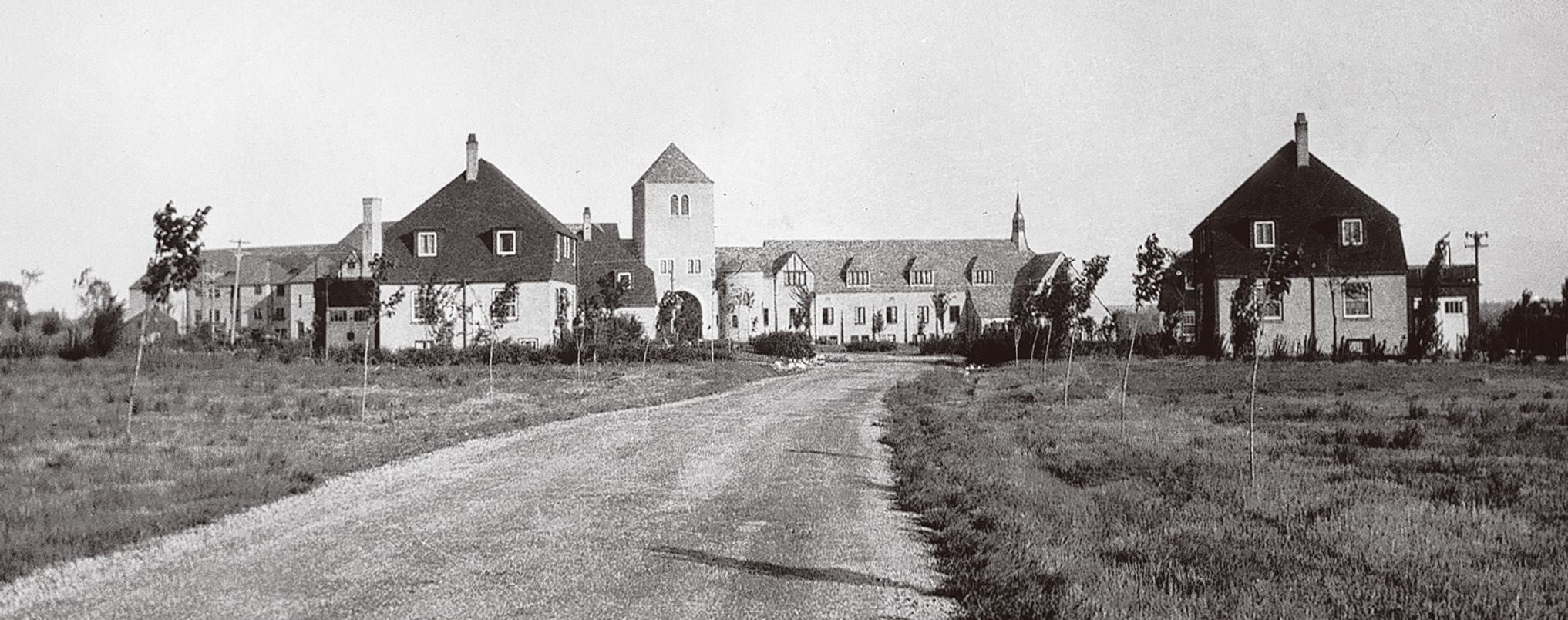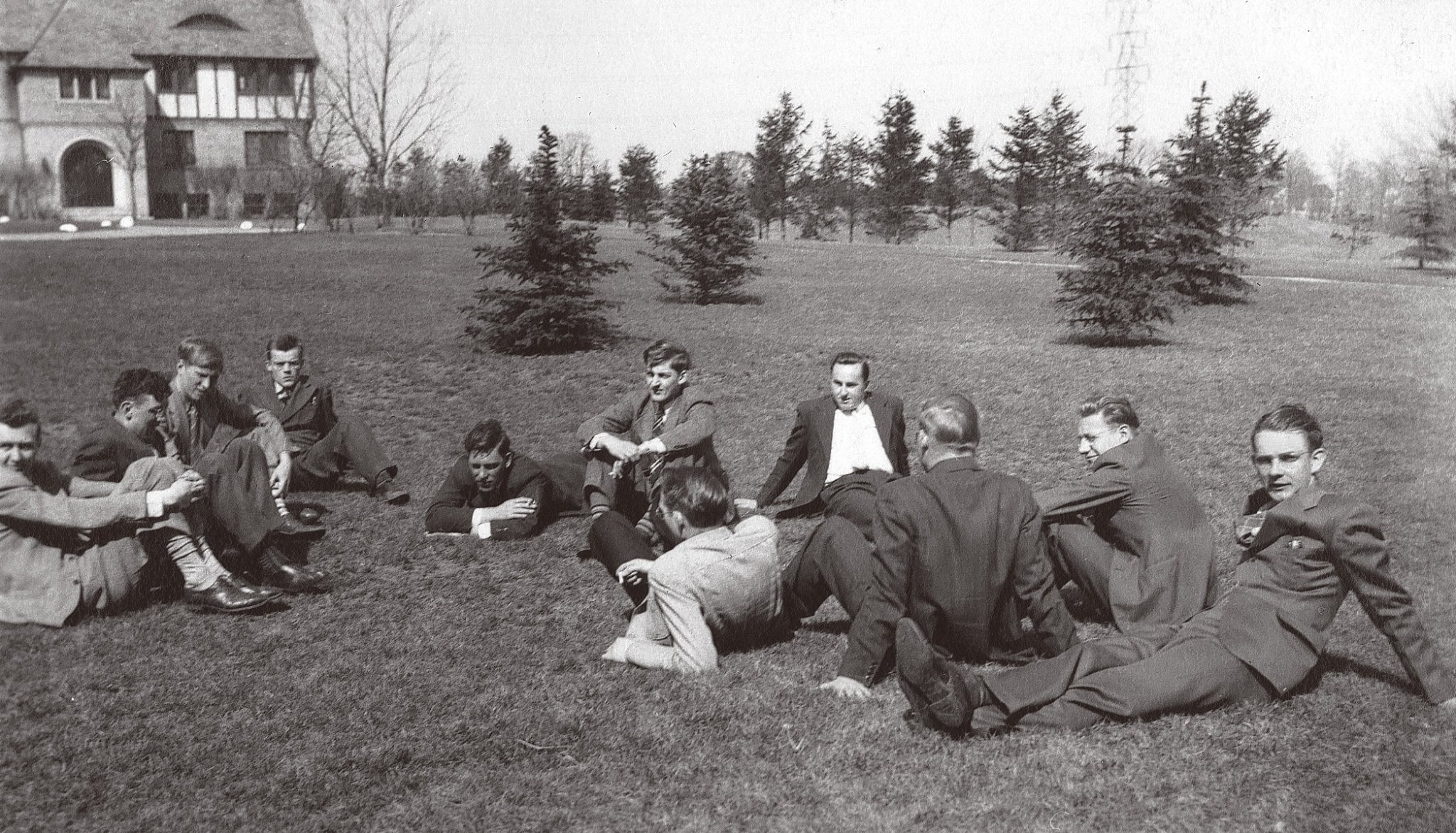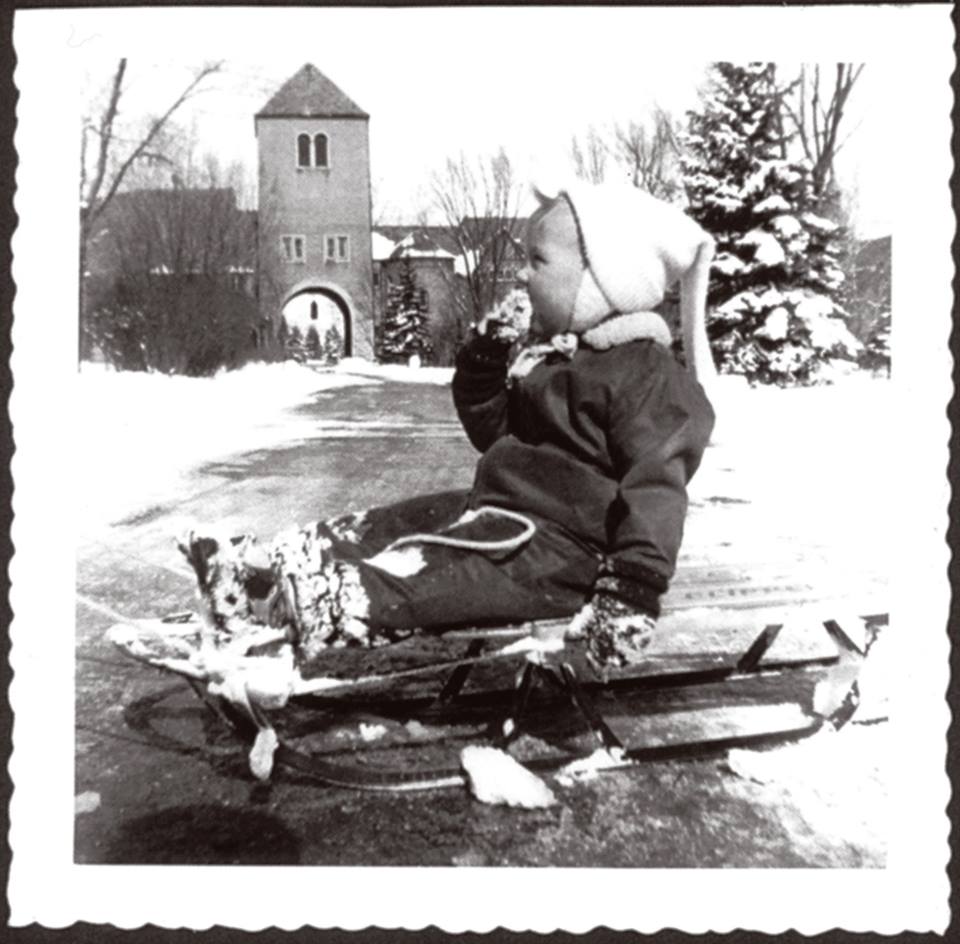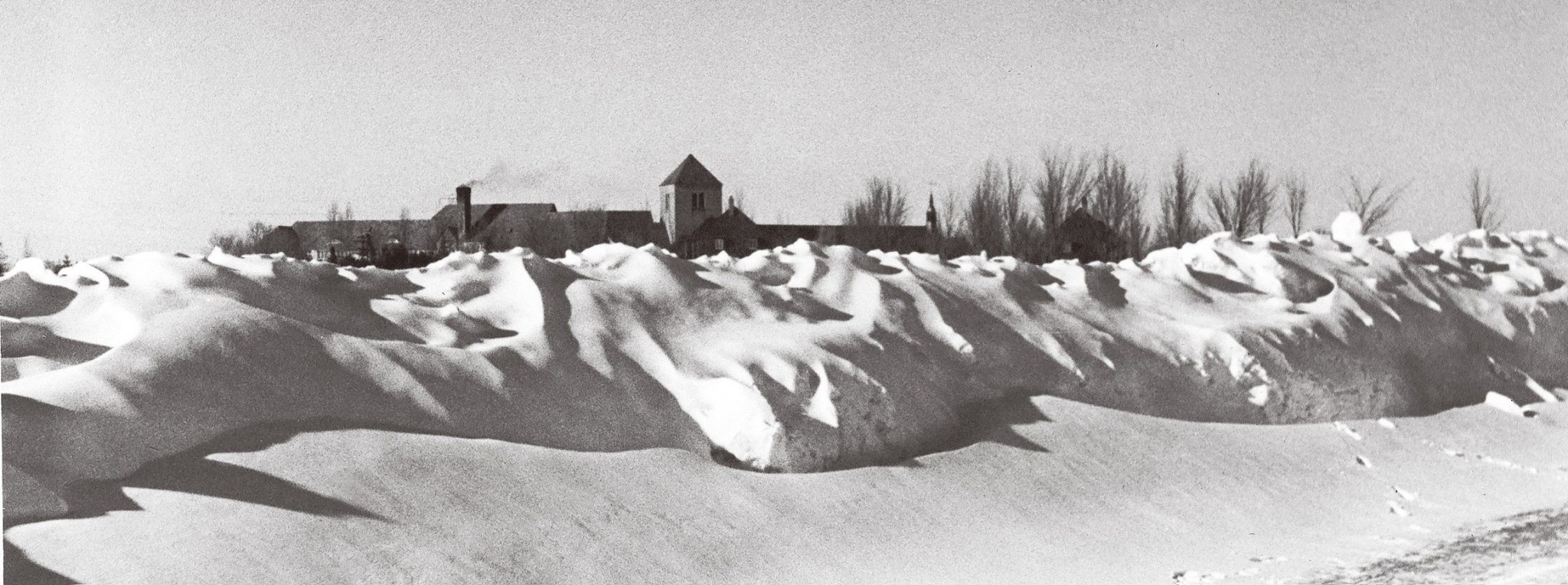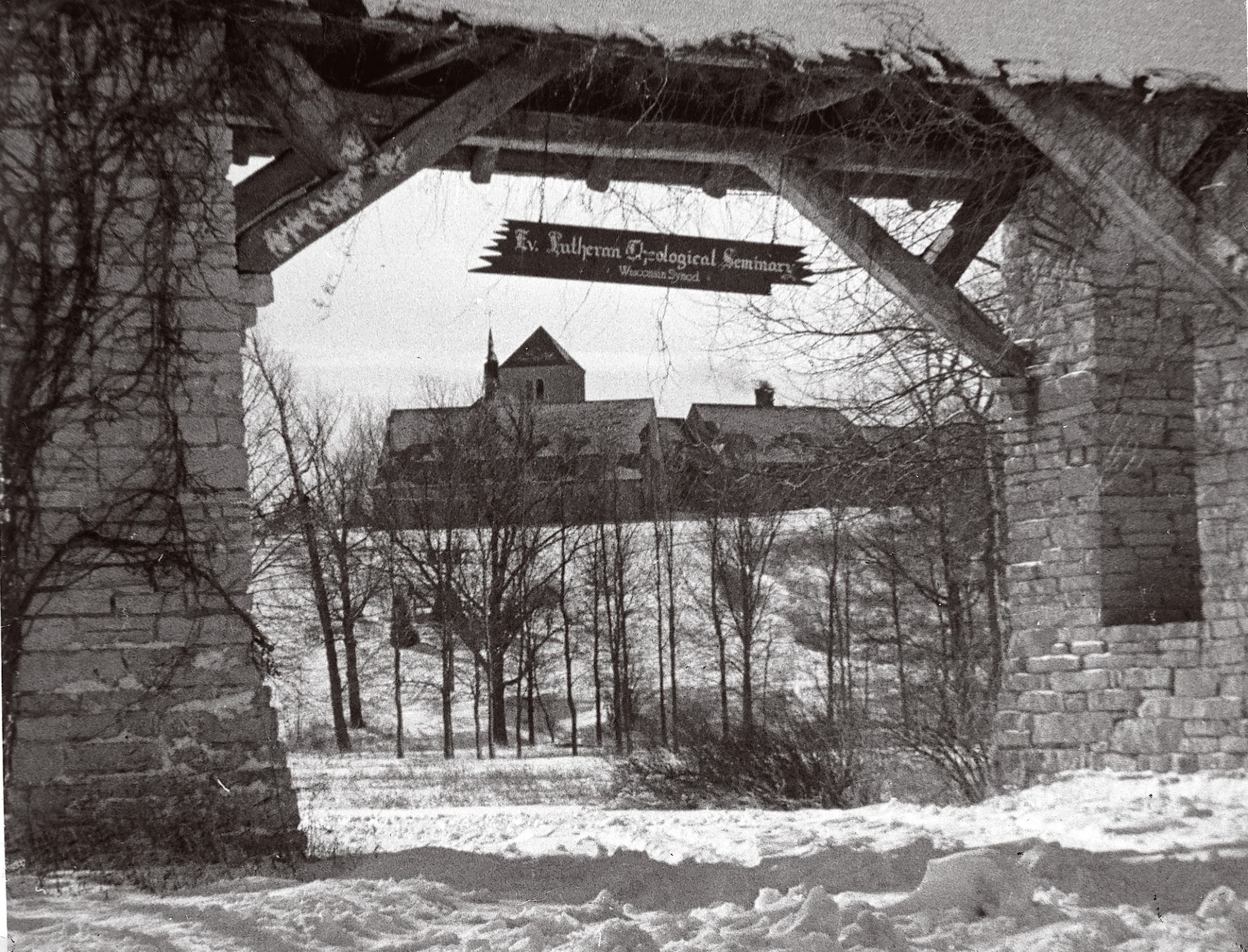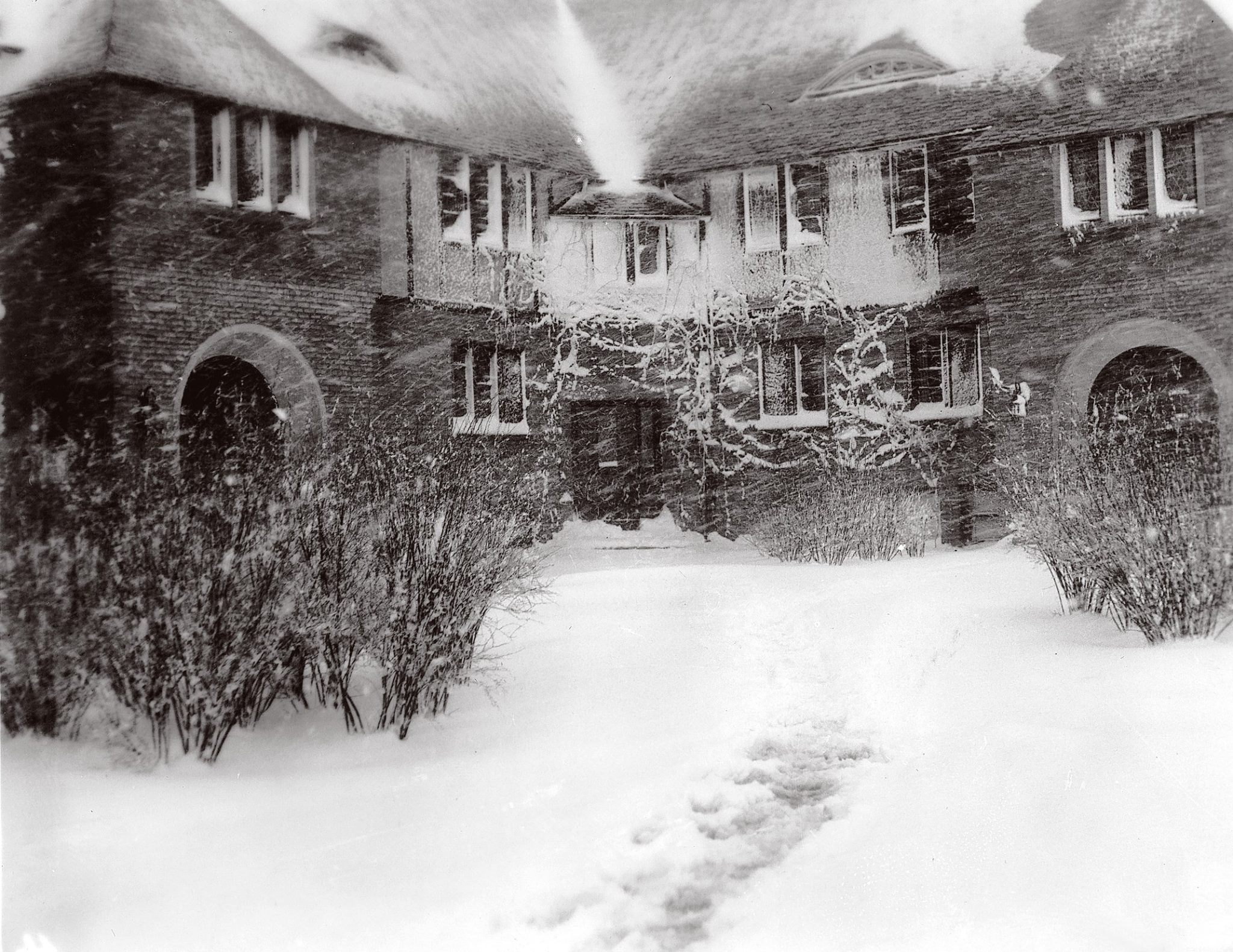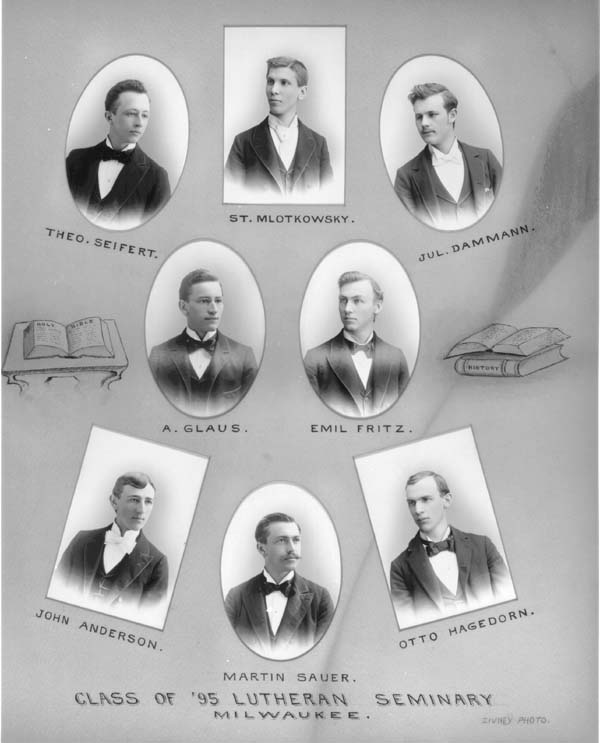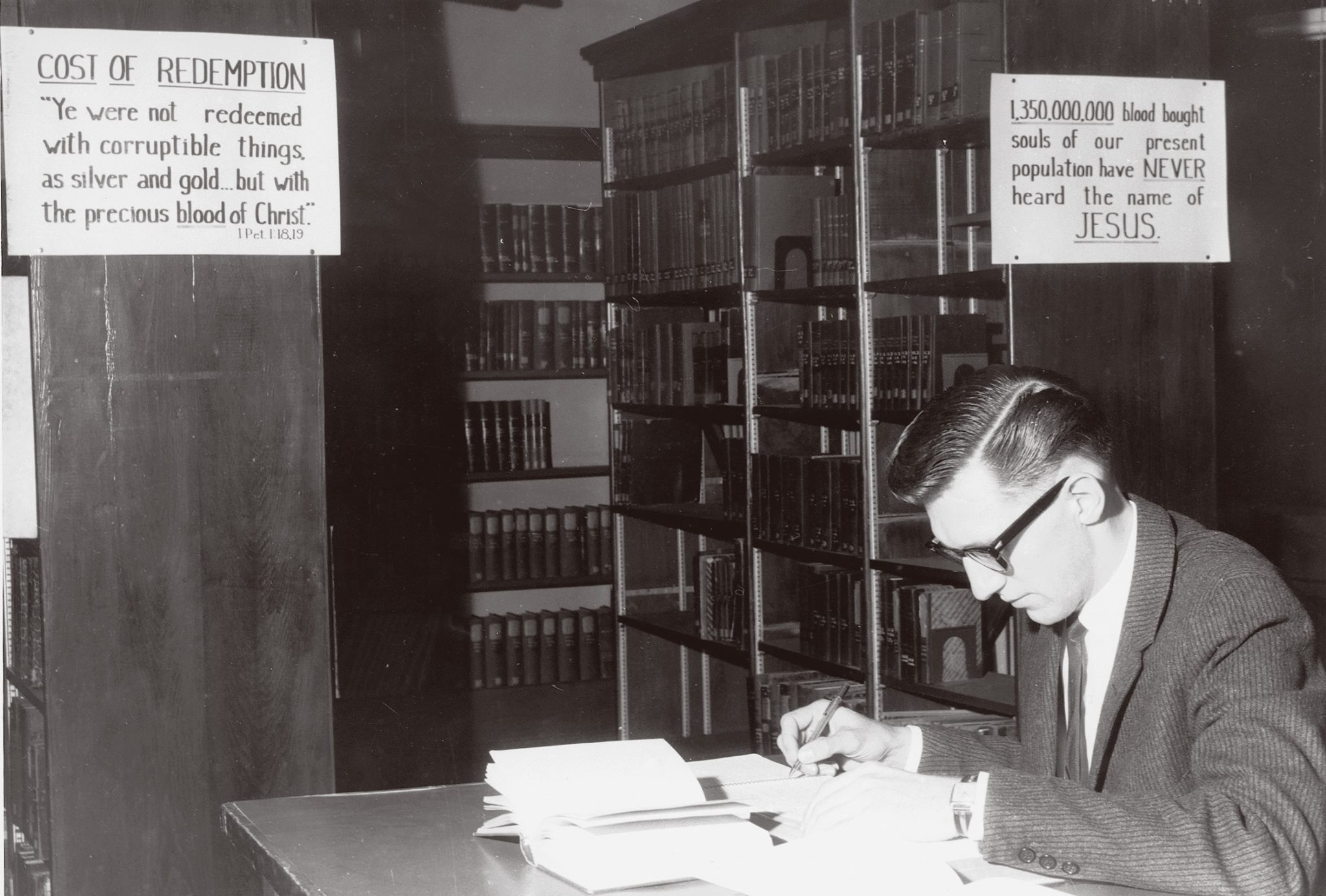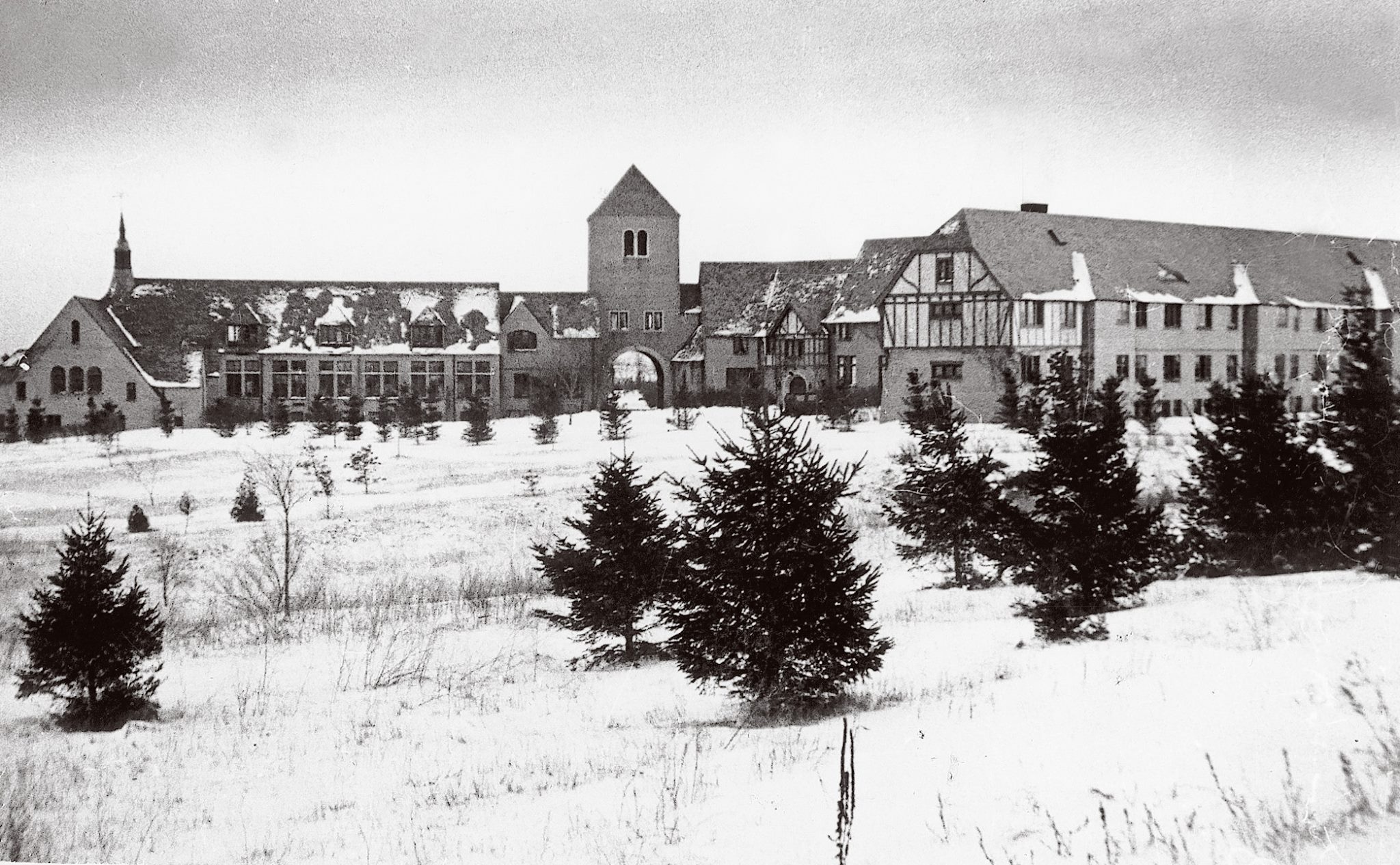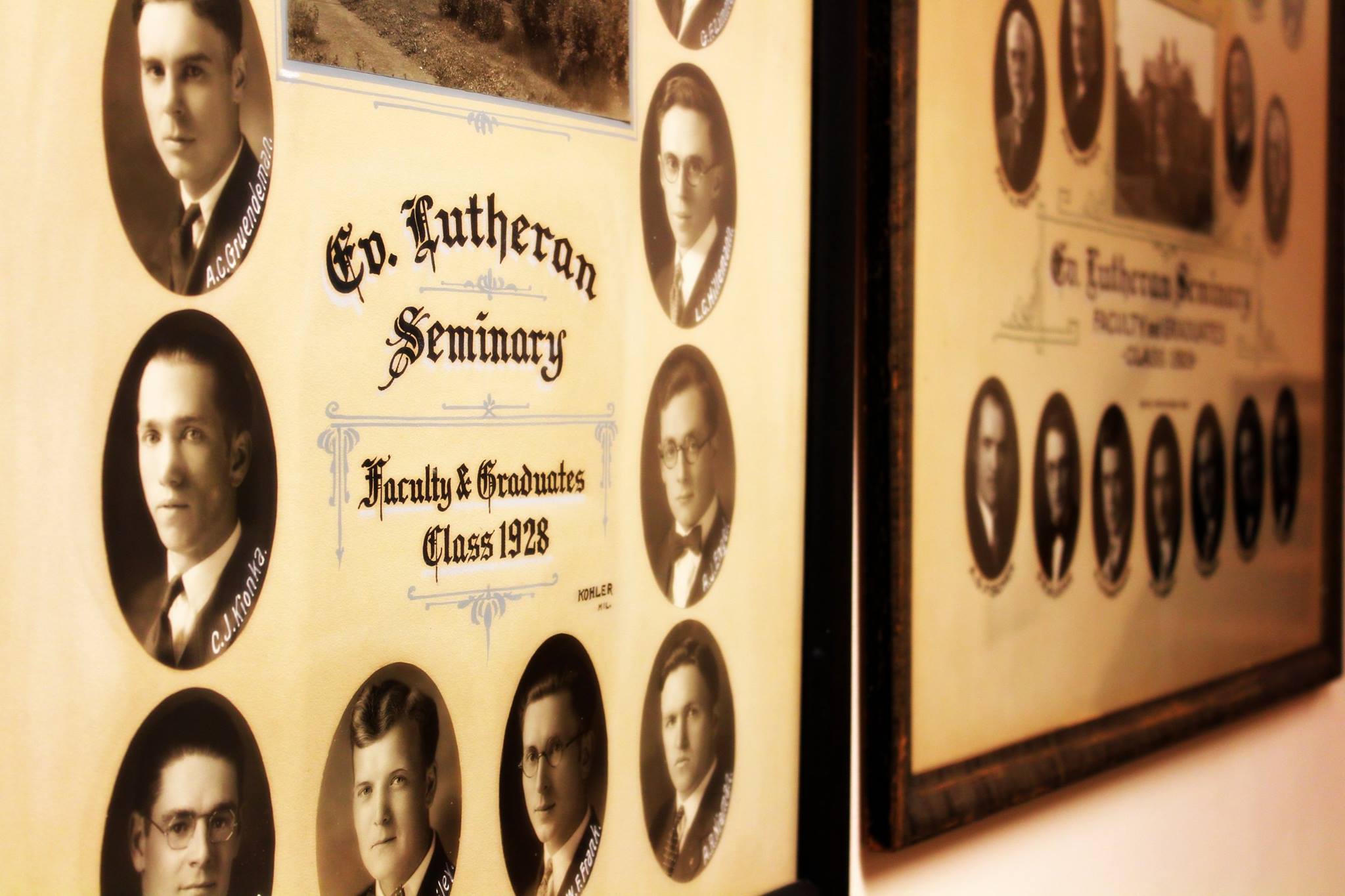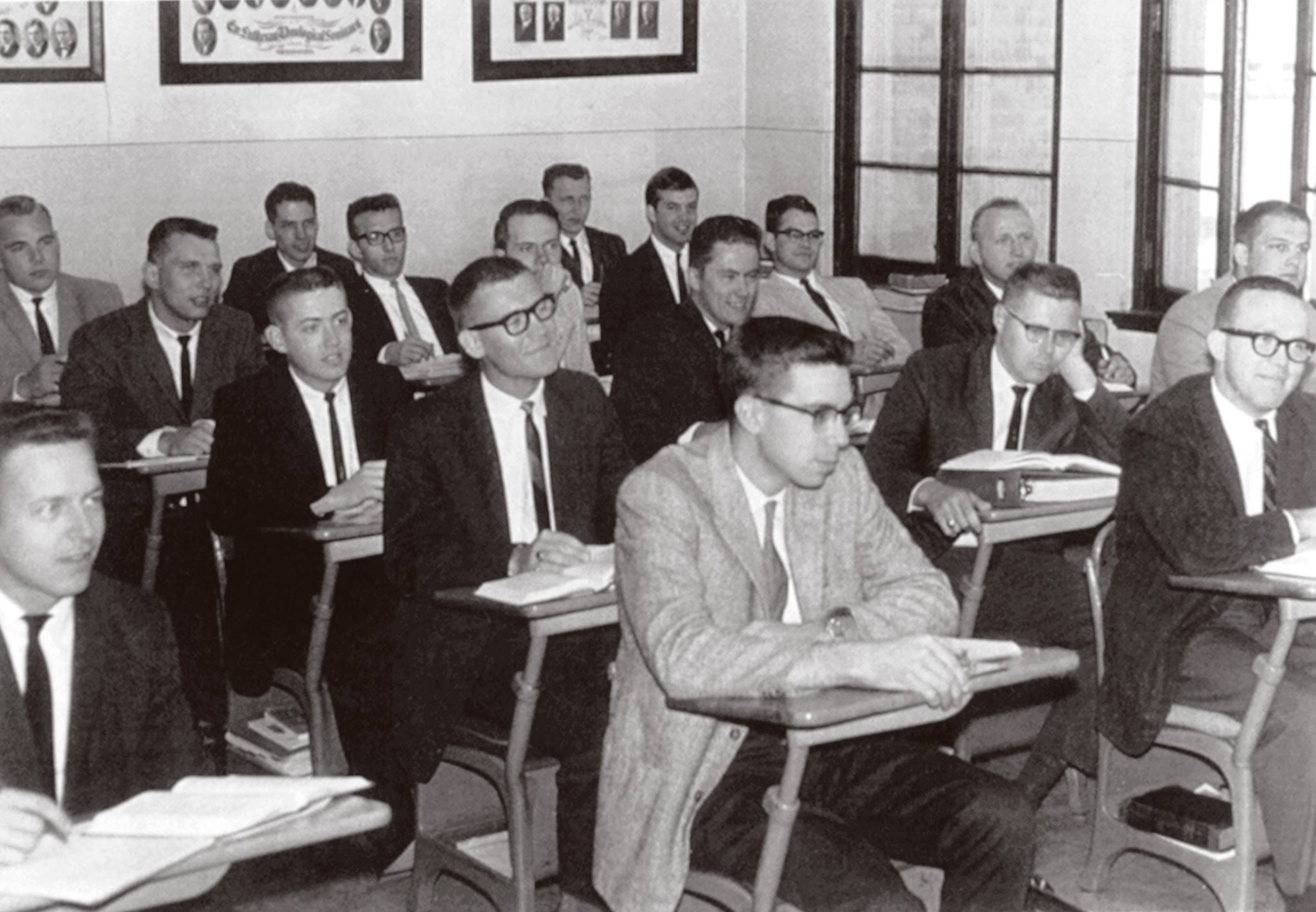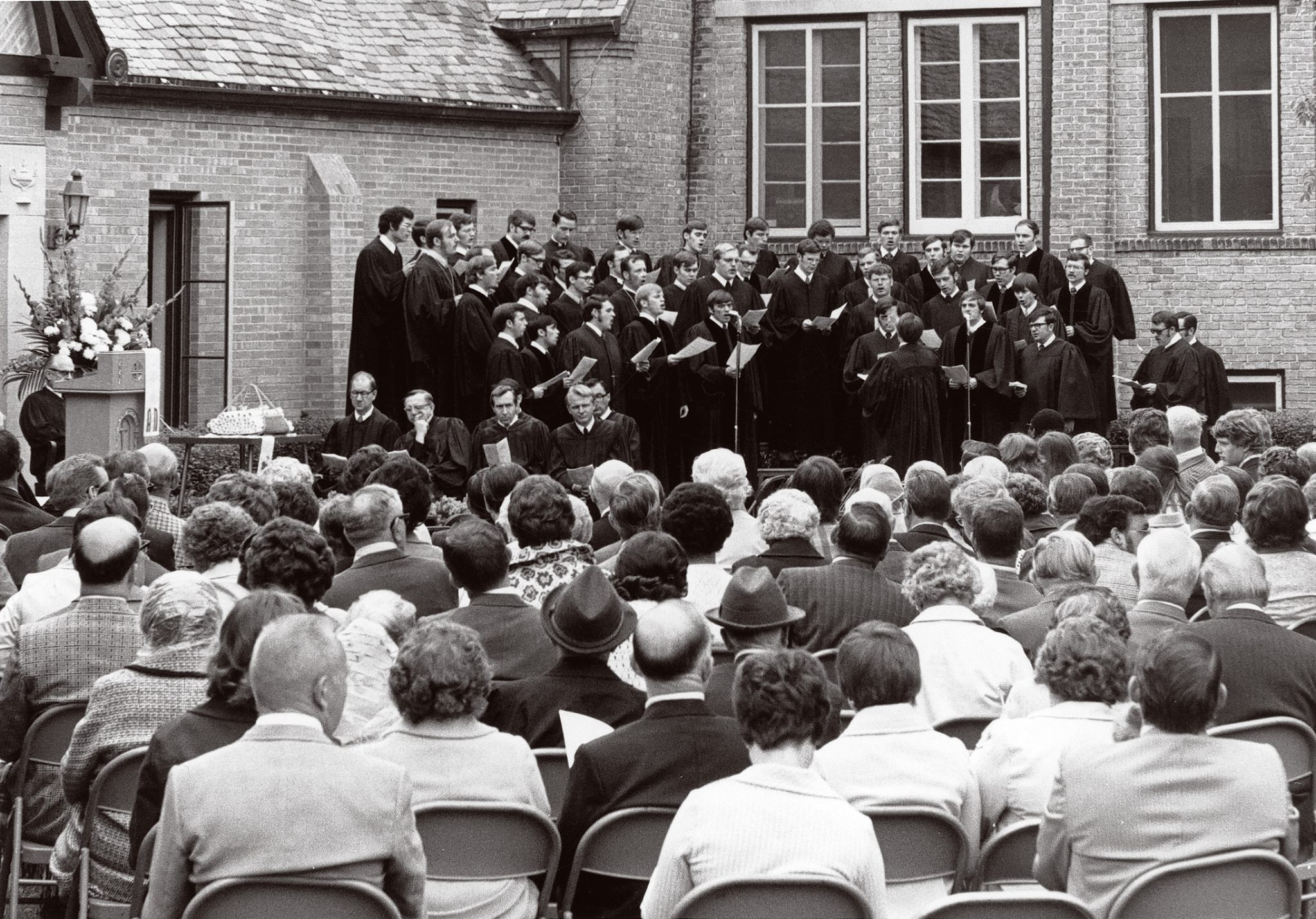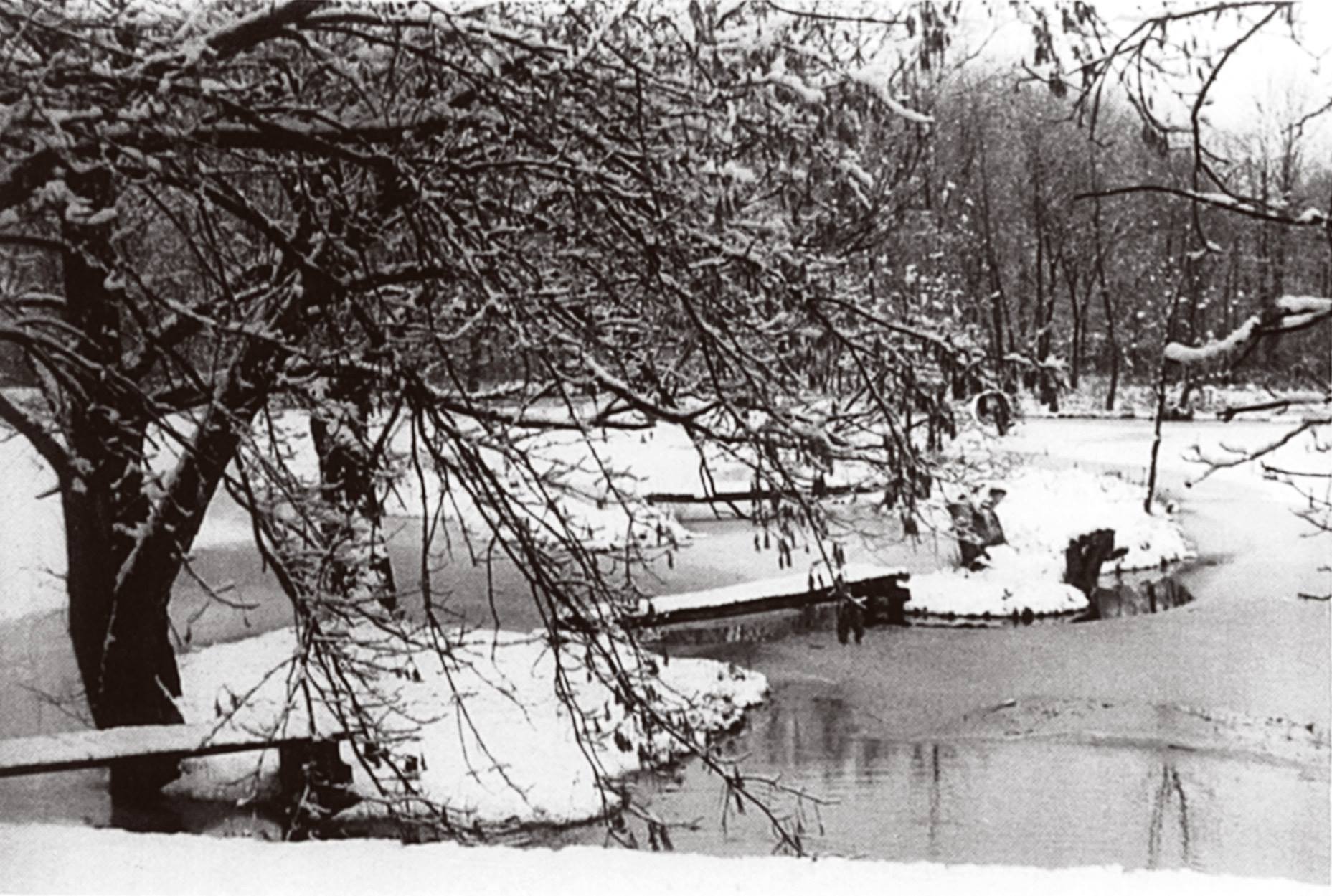Our Story
The Theological Seminary of the Wisconsin Synod was formally opened in the fall of 1863 at Watertown, Wisconsin. Instruction in theology was initially given by Professor Edward Moldehnke, Ph.D., in the school building of St. Mark’s congregation. On September 14, 1865, the synod’s college, first known as “Wisconsin University” and then as “Northwestern University” opened its doors, and for five years the seminary was operated in conjunction with it. In 1870, the students of the theological department were transferred to Concordia Seminary at St. Louis, Missouri, in accordance with an arrangement made with the Missouri Synod to conduct a seminary jointly. Eight years later, the Wisconsin Synod reopened its own seminary, this time in Milwaukee, where it remained from 1878 until 1893, though not always in the same quarters. It was housed first in private residences and later in a remodeled building in Eimermann’s Park, now 13th and Vine Streets. An important milestone in the synod’s history was reached in 1892 when a federation of the synods of Wisconsin, Minnesota, and Michigan was effected. Because of the increased enrollment, a new and larger seminary building was erected at 60th and Lloyd Streets in Wauwatosa and was dedicated in 1893. In 1929, the seminary’s present building complex was erected on an 80-acre site in the present city of Mequon, just outside the west limits of the village of Thiensville, about 15 miles north of downtown Milwaukee.


